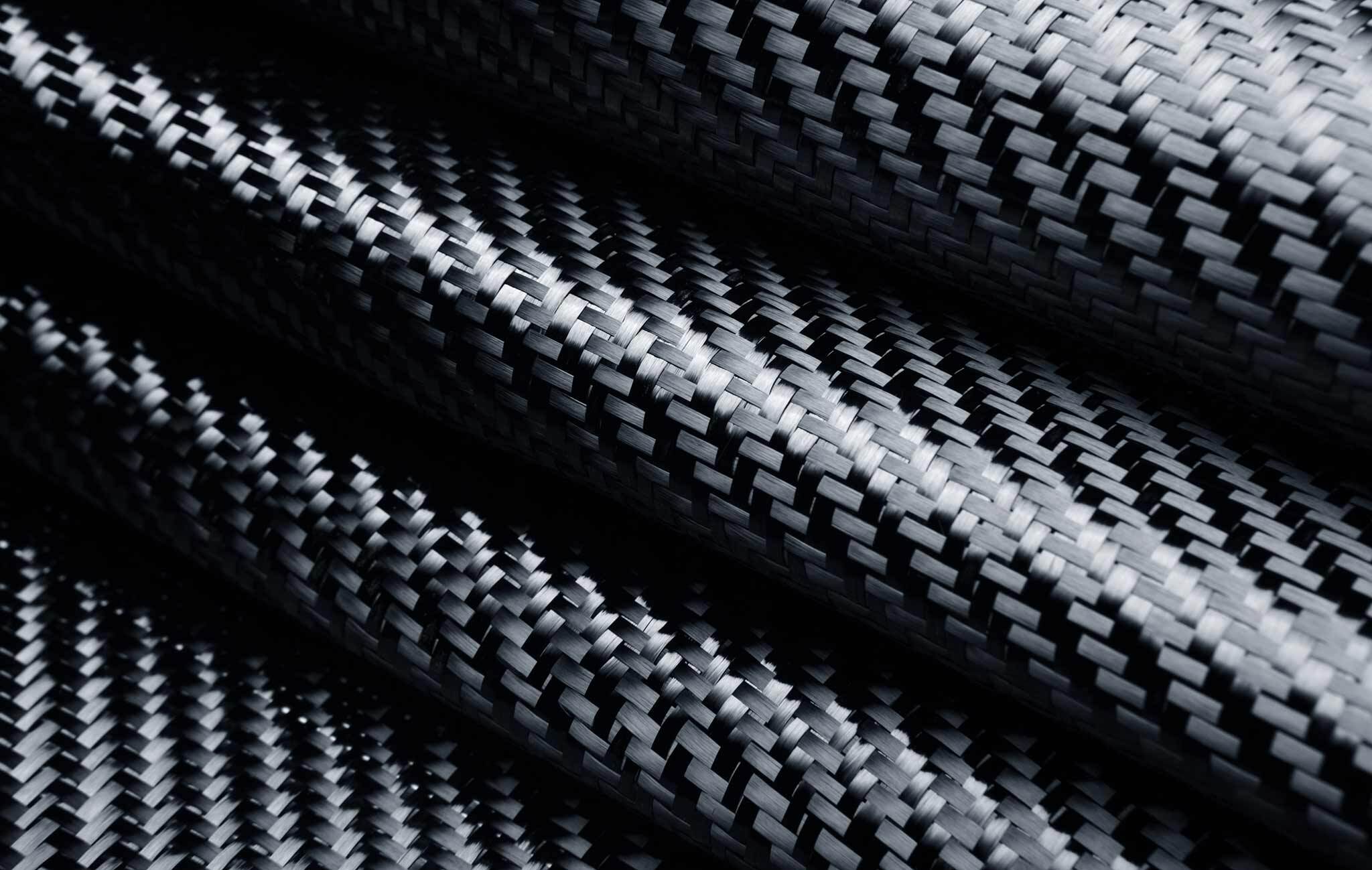
Composite materials are everywhere, from the cars we drive to the planes we fly in. But what exactly makes them so special? Composite materials are created by combining two or more different substances, resulting in a material with superior properties. Think of them as the superheroes of the material world, offering strength, durability, and lightweight benefits. These materials can be found in sports equipment, construction, and even space exploration. Curious about how they work and why they're so important? Let's dive into 29 fascinating facts about composite materials that will leave you amazed at their versatility and innovation.
What Are Composite Materials?
Composite materials are made by combining two or more different substances to create a new material with unique properties. These materials are often stronger, lighter, or more durable than the individual components alone.
- Composite materials are often used in aerospace, automotive, and construction industries due to their strength and lightweight nature.
- Fiberglass is one of the most common composite materials, made from glass fibers and resin.
- Carbon fiber composites are known for their high strength-to-weight ratio, making them ideal for high-performance applications.
- Kevlar is a composite material used in bulletproof vests due to its high tensile strength and durability.
- Concrete is a composite material made from cement, water, sand, and gravel, widely used in construction.
History of Composite Materials
The use of composite materials dates back thousands of years. Ancient civilizations used natural composites for various applications.
- Ancient Egyptians used mud and straw to create bricks, an early form of composite material.
- Mongolian warriors crafted composite bows from wood, bone, and animal sinew, giving them superior strength and flexibility.
- The first synthetic composite material, Bakelite, was invented in 1907 by Leo Baekeland.
- During World War II, composite materials like fiberglass were developed for military applications, including aircraft and boats.
- The space race in the 1960s accelerated the development of advanced composite materials for spacecraft and satellites.
Types of Composite Materials
Composite materials can be classified based on their matrix and reinforcement types. Each type has unique properties and applications.
- Polymer matrix composites (PMCs) use a polymer-based resin as the matrix and are reinforced with fibers like glass or carbon.
- Metal matrix composites (MMCs) combine metal with ceramic or other metal reinforcements, offering high strength and thermal resistance.
- Ceramic matrix composites (CMCs) are made from ceramic fibers embedded in a ceramic matrix, ideal for high-temperature applications.
- Natural fiber composites use plant-based fibers like hemp, flax, or jute, combined with a polymer matrix for eco-friendly applications.
- Hybrid composites combine two or more different types of fibers or matrices to achieve specific properties.
Applications of Composite Materials
Composite materials are used in a wide range of industries due to their versatility and performance benefits.
- Aerospace industry relies on composite materials for aircraft structures, reducing weight and improving fuel efficiency.
- Automotive industry uses composites for lightweight body panels, improving vehicle performance and fuel economy.
- Sports equipment like tennis rackets, golf clubs, and bicycles often use carbon fiber composites for their strength and lightness.
- Marine industry employs composites for boat hulls and decks, offering corrosion resistance and durability.
- Wind turbine blades are made from composite materials to withstand high stress and environmental conditions.
Advantages of Composite Materials
Composite materials offer several advantages over traditional materials, making them a popular choice in various applications.
- High strength-to-weight ratio allows for lightweight yet strong structures, essential in aerospace and automotive industries.
- Corrosion resistance makes composites ideal for marine and chemical processing applications.
- Design flexibility enables the creation of complex shapes and structures that are difficult to achieve with traditional materials.
- Thermal stability allows composites to perform well in high-temperature environments, such as in jet engines and industrial furnaces.
- Reduced maintenance requirements due to their durability and resistance to environmental factors.
Challenges and Future of Composite Materials
Despite their many advantages, composite materials also face challenges that researchers and engineers are working to overcome.
- High production costs can make composites more expensive than traditional materials, limiting their use in some applications.
- Recycling and disposal of composite materials pose environmental challenges, as they are often difficult to break down and reuse.
- Quality control during manufacturing is crucial to ensure consistent performance and avoid defects in the final product.
- Ongoing research aims to develop new composite materials with improved properties and lower costs, expanding their potential applications.
The Final Word on Composite Materials
Composite materials are game-changers in many industries. They combine different materials to create something stronger, lighter, and more durable. From aerospace to sports equipment, these materials offer unmatched benefits. They help reduce weight in airplanes, making them more fuel-efficient. In construction, they provide strength without the bulk. Even in everyday items like bicycles and tennis rackets, composites improve performance and longevity.
Understanding the basics of composite materials can open your eyes to their widespread use and importance. They’re not just a trend but a cornerstone of modern engineering and design. As technology advances, expect even more innovative applications. So next time you see a sleek car or a high-performance gadget, remember the role composites play in making them possible. They truly are the unsung heroes of modern technology.
Was this page helpful?
Our commitment to delivering trustworthy and engaging content is at the heart of what we do. Each fact on our site is contributed by real users like you, bringing a wealth of diverse insights and information. To ensure the highest standards of accuracy and reliability, our dedicated editors meticulously review each submission. This process guarantees that the facts we share are not only fascinating but also credible. Trust in our commitment to quality and authenticity as you explore and learn with us.


